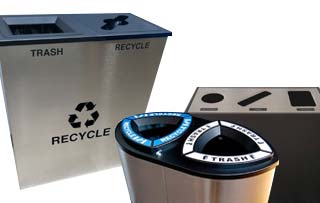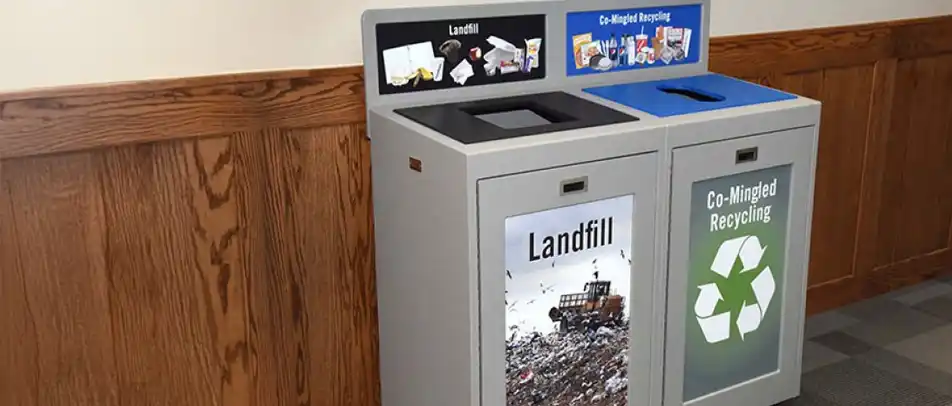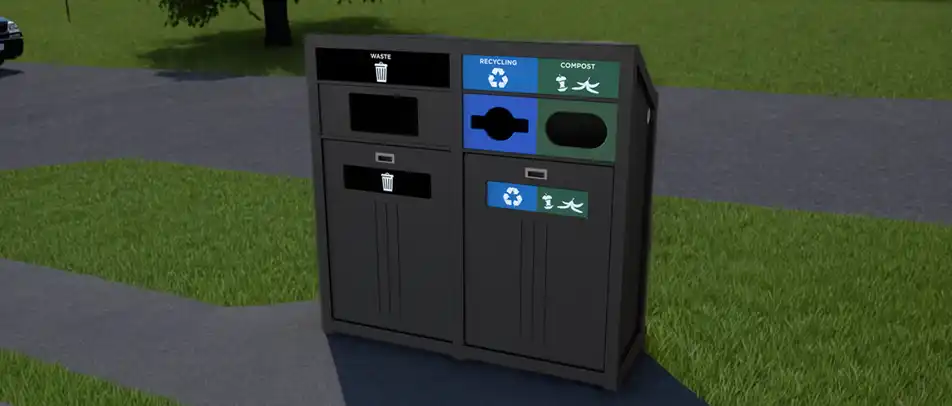
The U.S. loves food. From cheeseburgers and cookouts to sumptuous steaks oozing with delicious juices, you can’t turn on the TV, listen to the radio, or even watch YouTube for very long without seeing a commercial for food. Despite our love, and occasional obsession, with food, though, there’s a staggering number of people in America who are either going hungry or who don’t know where their next meal is coming from.
It isn’t because we don’t have enough food to go around, either. It’s because food waste accounts for as much as 40 percent of the food we grow.
How Is That Possible?
There are dozens of different factors that go into the massive amount of food waste in America. Part of it is that fruits and vegetables that aren’t up to a certain aesthetic standard (meaning they don’t look like a perfect example of a peach, an apple, etc.) don’t even make the cut to get to stores. Farmers simply leave these imperfect results to rot on the ground, because it would be more expensive to ship them and have them rejected then to just eat the loss, so to speak.
That’s just part of it, though. In addition to holding our food to ridiculously high standards, we also don’t have any idea when it actually goes bad. The expiration and “sell by” dates on our food are mostly a guess, and according to Last Week Tonight, they’re often wildly inaccurate. So we only take the most physically attractive food to our stores, and then once it’s in the store we have only a vague idea of how long it’s good for. Not only that, but stores tend to overstock, because if a customer sees there’s only one fruit or vegetable left on the rack, they’ll assume there’s something wrong with it, and not buy it.
Why Can’t We Get This Food To People Who Need It?
With huge amounts of fruit, vegetables, and other foods either being left to rot or getting thrown in the trash while they’re still perfectly good to eat, many people wonder why this food isn’t donated to good causes. Struggling families, homeless shelters, and free kitchens seem like ideal places for this unwanted food to go, especially since donations made in good faith are immune to legal action if it turns out the food wasn’t quite as fresh as it looked.
The real reason so much of our food winds up in garbage dumps and landfills instead of people’s stomachs, though, is cost. Most farms would be perfectly happy to donate their food that doesn’t make the cut. The same is true of grocery stores. The problem, however, is all the labor, time, and transportation costs involved. The food has to be gathered, packaged, and then sent to distribution centers. That cost isn’t something that most businesses are willing, or even able, to shoulder.
Can We Fix This?
It’s ridiculous that in a country with so much food there are so many people with empty stomachs. We have an understanding of the problem, and the resources exist to kill two birds with one stone (feeding the populace while reducing our colossal amount of food waste). The question is, though, are we as people, as businesses, and as a country, willing to roll up our sleeves and do the right thing?
























































































 Three Ways to Engage Teams and Clients to Maximize Your Recycling Program Engagement
Three Ways to Engage Teams and Clients to Maximize Your Recycling Program Engagement  How to Integrate Accessibility Into Your Sustainability Planning
How to Integrate Accessibility Into Your Sustainability Planning  Why Park Benches Can Promote Workplace Well-Being
Why Park Benches Can Promote Workplace Well-Being 
